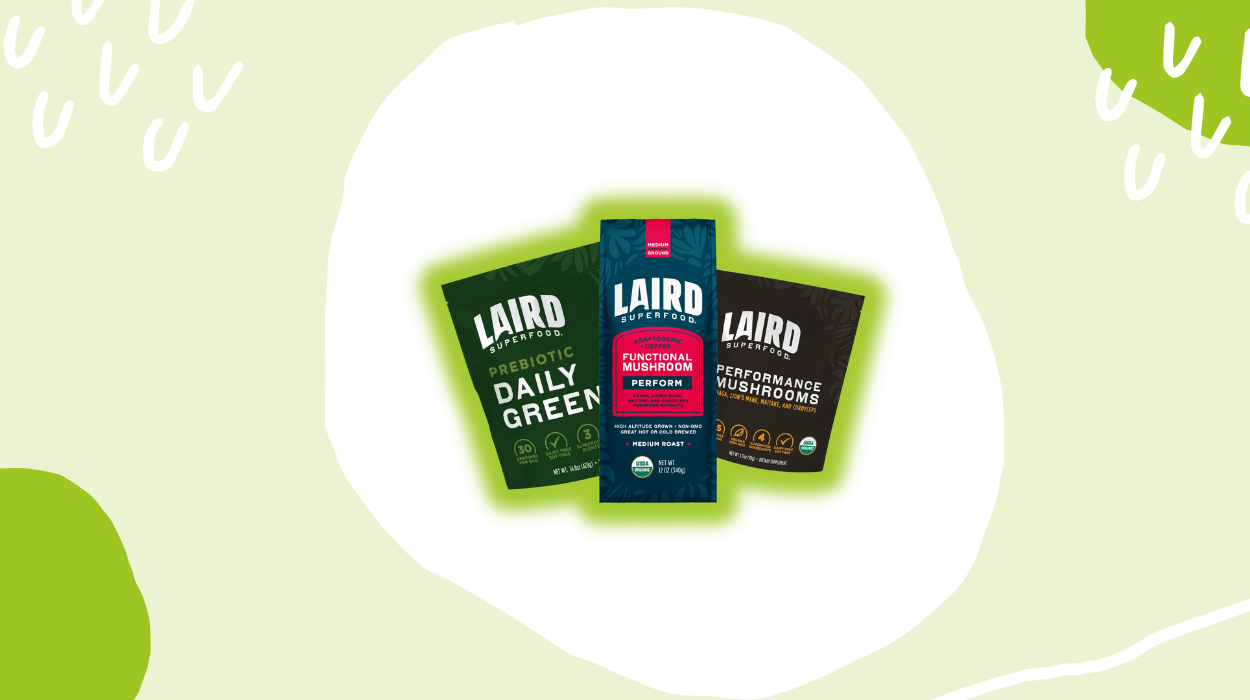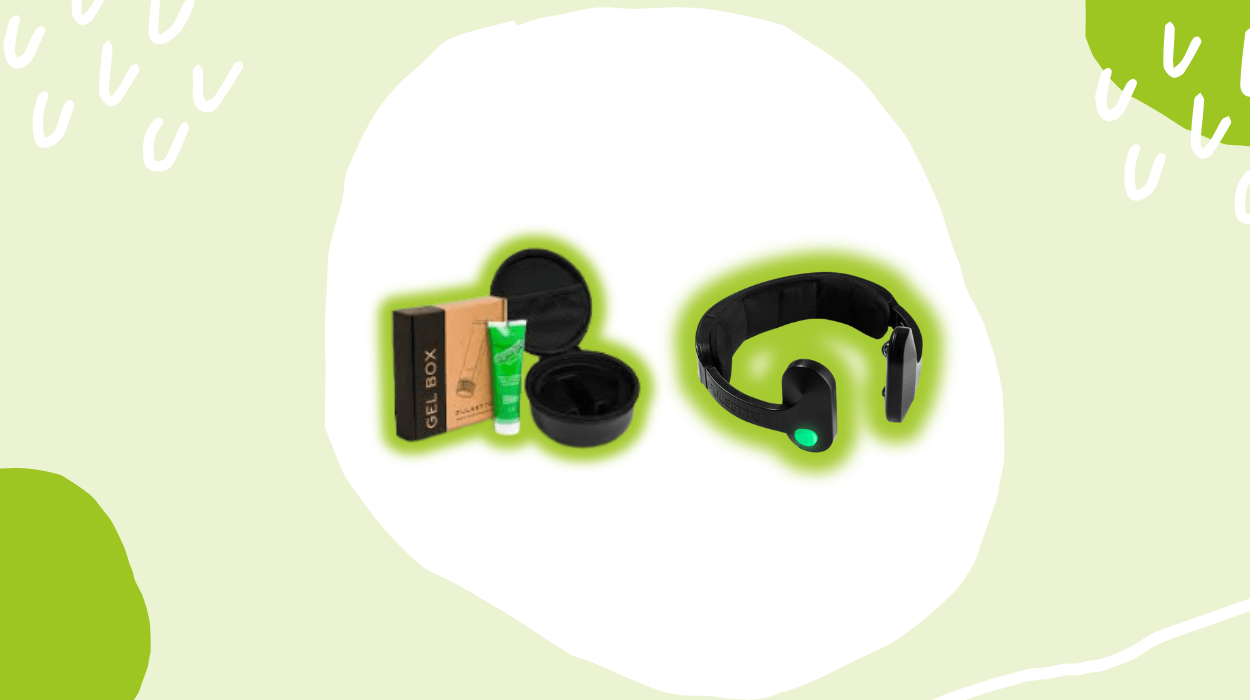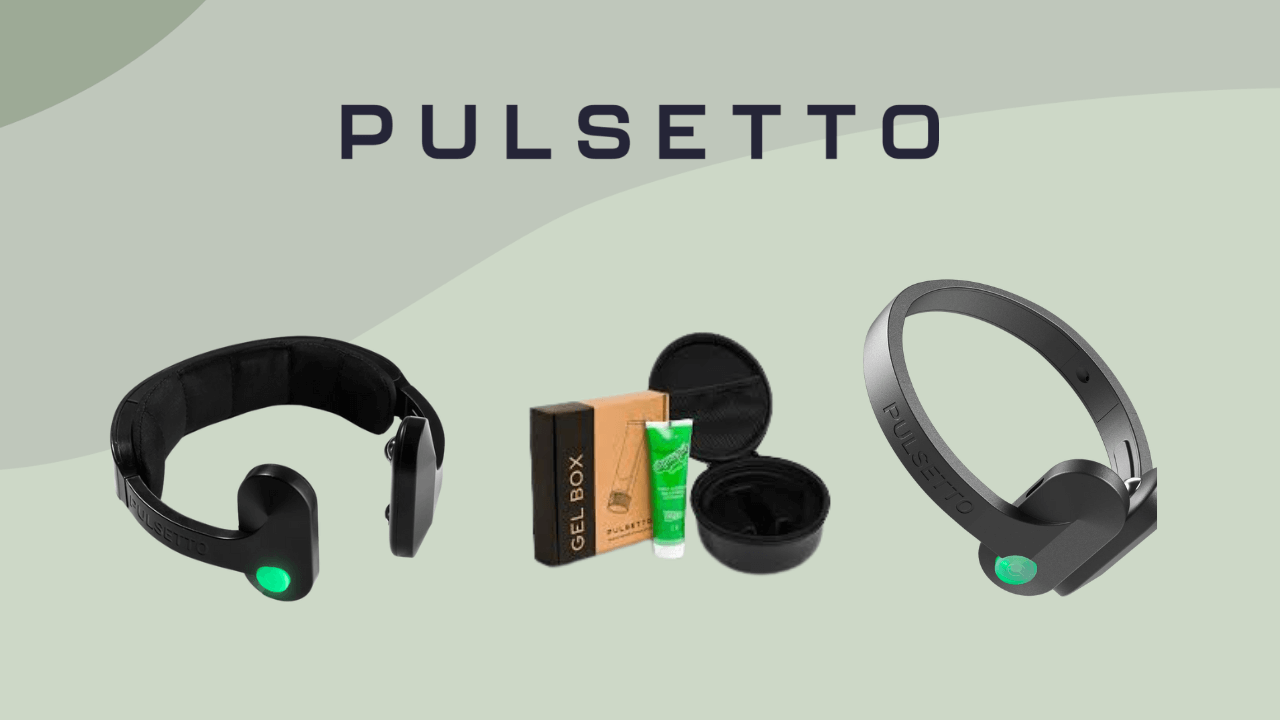

Pulsetto is a healthtech brand that offers non-invasive vagus nerve stimulation (VNS) devices aimed at supporting mental balance. It aims to offer a practical alternative to traditional stress-relief methods by focusing on accessibility and scientifically backed technology.
The brand's offerings are designed to activate the parasympathetic nervous system, which can help you manage anxiety and improve focus. It claims that its devices could help reduce stress, enhance relaxation, and improve sleep quality.
This review offers a comprehensive analysis of Pulsetto, examining its product offerings, highlighting the brand's key strengths, potential limitations, and real user experiences.
Pulsetto specializes in non-invasive vagus nerve stimulation (VNS) devices designed to reduce stress. The brand focuses on using advanced neuromodulation technology that could activate the parasympathetic nervous system, promoting relaxation, mental clarity, and emotional balance.
As per the official website, it offers devices that provide a comfortable, gentle vibration or tingling sensation in the neck, ensuring effective stimulation without discomfort. The brand highlights FCC and CE certifications, and mentions that its devices are made with recyclable materials, reflecting an eco-conscious approach.
Pulsetto offers a range of products such as the Pulsetto FIT, Pulsetto Lite, and Gelbox. It also features supplements like VagusBiotics, which may help support gut health that complement the vagus nerve stimulation.

Pulsetto FIT is a wearable device that delivers electrical stimulation to your neck. It is designed for hands-free use and is paired with the Pulsetto App, which provides five programs targeting stress, anxiety, sleep, and mindfulness.
The device uses dual-technology stimulation, meaning it applies two types of electrical stimulation methods to the nerves or muscles in the neck. This includes a rising-and-falling pulse pattern, in which the intensity of the electrical signal gradually increases and then decreases in a repeating cycle. The makers highlight that the device is adjustable to fit different neck sizes, with optional padding for smaller necks, and battery life has been extended by 20% compared to previous models. It supports wireless operation, rechargeable USB-C charging, unlimited sessions, and app-based tracking.
As per the official website, Pulsetto Lite is intended to stimulate the vagus nerve, which may help target stress, anxiety, sleep, and focus. The device is compact and adjustable for a range of neck sizes. Pulsetto Lite includes a 60g gel tube, a USB-C charging cable, and a user guide. Pulsetto Lite provides bilateral stimulation, delivering electrical impulses to both sides of the neck simultaneously.
The Pulsetto Lite comes with a 14-day trial of additional programs, 11 guided meditations, 54 breathing exercises, and 1,200 positive affirmations. It can also pair with wearable devices such as the Oura Ring and Apple Watch to track heart rate variability (HRV), sleep data, and other health metrics.
Pulsetto offers a Gelbox that supplies conductive gel for use with its devices. As per the official website, each Gelbox contains four 60g gel tubes. The Gelbox can be purchased as a one-time order or via a subscription plan that delivers gel every three months. The Pulsetto Conductive Gel is formulated to conduct electrical impulses from the device. It is said to contain non-toxic ingredients designed to be compatible with skin contact while maintaining electrical conductivity for the device. The gel is intended to be applied either on your neck or to the device's pulse points before sessions to maintain contact and electrical conduction.
Pulsetto offers app support that lets you choose programs such as Stress, Anxiety, Sleep, and Burnout, with detailed guidance like starting a 4-minute stress session and extending to 6 minutes if symptoms persist after two hours. This helps ensure you don't exceed recommended limits. You can adjust intensity through a percentage scale, log sessions using a daily tracker (“mark your day complete”), and set reminders to stay consistent. The app also integrates meditation-based modules like Morning Meditation, Stress Relief Meditation, Body Scan, and Gratitude Practice, along with premium mood-driven options such as Happy, Calm, Panic, or Tired. Unlike static devices, this combination of real-time adjustments, structured recommendations, and behavioral support makes Pulsetto offerings more adaptable to your personal state. This could help you adjust sessions with both precision and flexibility, ensuring the brand's device works in sync with your changing needs throughout the week.
Pulsetto provides non-invasive vagus nerve stimulation through its devices, allowing you to support stress relief, relaxation, and improved sleep. Unlike traditional implantable VNS devices, the brand uses transcutaneous cervical stimulation (tcVNS) to deliver gentle electrical impulses through the skin on the neck. This may support the parasympathetic nervous system, promoting a natural calming response while avoiding the risks associated with surgical implants. Pulsetto approach reduces surgical risks or high costs, which means you can experience stress relief, better sleep, and improved focus conveniently and safely.
Pulsetto devices currently have a limited clinical track record, especially when compared with traditional vagus nerve stimulation (VNS) options, which have been extensively studied over decades. Traditional VNS has undergone numerous clinical trials demonstrating its effects on conditions such as epilepsy, depression, and cluster headaches. This long-standing research provides well-established guidance on safety, optimal stimulation protocols, and long-term outcomes.
On the other hand, Pulsetto's devices, being newer and consumer-focused, have minimal clinical evaluation. The brand highlights a small-scale study involving 40 healthy participants aged 21–64, with 37 completing the full four-week trial. Hair samples were analyzed to assess cortisol accumulation, and questionnaires including the GAD-7, PHQ-9, and PSQI were used to evaluate anxiety, depressive symptoms, and sleep quality before, during, and after stimulation. While this study provides some preliminary insight into Pulsetto devices' effects, it is limited in size, duration, and scope. No extensive randomized controlled trials have been published in peer-reviewed journals to validate the device's effectiveness fully.
While Pulsetto uses similar neuromodulation principles as traditional VNS, the limited clinical evidence means there's still uncertainty about the magnitude of benefits, optimal session frequency and duration, and long-term safety. This means that while the device offers a convenient, non-invasive approach to vagus nerve stimulation, its outcomes are not as reliably documented as those of traditional VNS.
Truvaga and Pulsetto both specialize in vagus nerve stimulation, but they take different approaches in how they design, deliver, and market their devices.
As per its official website, Truvaga offers two handheld devices, such as the Truvaga 350 and Truvaga Plus, designed for quick, targeted sessions. The brand's Truvaga 350 comes preloaded with 350 sessions and does not require app integration, making it simple and accessible for first-time users. The Truvaga Plus expands on this with rechargeable functionality, unlimited sessions for up to three years, and an app that allows scheduling, reminders, and progress tracking. The brand offers app support, which is compatible with iOS 14 and newer (iPhone 11 and later) and Android devices running OS 12 or later.
Pulsetto, on the other hand, positions itself as a lifestyle-oriented brand. It offers devices designed for hands-free use, requiring just four minutes per session, and integrates closely with its app to provide guided protocols for stress, sleep, and relaxation. Unlike Truvaga's more clinical, product-centered approach, Pulsetto emphasizes personalization and user experience, offering complementary products such as conductive gels, a premium app subscription, and even nutritional support through VagusBiotics. This ecosystem approach makes Pulsetto less of a standalone brand and more of a wellness platform.
Pricing also reflects these differences. Truvaga's devices are priced around $299 to $350 (350 model) and $499-$550 (Plus). Pulsetto's wearable costs around $350 to $600, with add-ons like the premium app. Truvaga is a clinically grounded, science-first wellness brand, while Pulsetto focuses on lifestyle technology designed to combine easily into daily routines.
Hoolest offers a range of devices, such as the VeRelief Prime, the hands-free Hoolest Pro with music integration, and the Mini Max PEMF for full-body nervous system recovery. These products are designed for instant relief in acute moments of panic, PTSD, and high stress. The brand highlights using patented, high-dose vagus nerve stimulation technology in its device, like VeRelief Prime, potentially targeting the auricular branch of the vagus nerve (ABVN).
The brand features Hoolest Pro headphones, which combine vagus nerve stimulation with premium audio, noise cancellation, and hands-free operation for a more immersive relaxation experience. It also offers Hoolest Sleep, a liposomal GABA and L-Theanine supplement specifically formulated to amplify the effects of VeRelief devices, helping you fall asleep faster, stay asleep longer, and improve recovery metrics such as heart rate variability.
Pulsetto, on the other hand, narrows its product lineup to wearable devices such as Pulsetto FIT and Pulsetto Lite, priced between $350 to $600. The brand states that its devices are paired with the Pulsetto App, which offers guided protocols and personalized programs for stress reduction, better sleep, and burnout prevention. Unlike Hoolest, which focuses on crisis intervention, Pulsetto markets its products as a daily-use lifestyle tool that requires only four minutes per session. It emphasizes broad wellness benefits such as calmer moods, mental clarity, and improved sleep quality.
Hoolest focuses on providing immediate, acute panic relief with strong clinical validation and high-intensity technology used in its devices. On the other hand, Pulsetto highlights that its devices can be combined into everyday routines as a wearable and follows an app-driven approach for long-term stress management and lifestyle improvement.
Pulsetto is a Lithuanian health tech company co-led by Vitalijus Majorovas and Povilas Sabaliauskas. The brand focuses on non-invasive vagus nerve stimulation (tVNS) devices designed to support relaxation and improve sleep quality.
We also examined customer feedback across major review platforms. On Trustpilot, the brand holds a 4.0 rating based on over 1,300+ reviews. Many people frequently report feeling calmer and more relaxed, though some have experienced delivery delays or issues with product functionality. On Tenereteam, it currently has a 4.4 rating, which is based on a small number of 10+ reviews.
Based on these factors, Pulsetto seems to offer non-invasive devices with generally positive user feedback. However, prospective buyers should consider both positive experiences and mixed feedback before making a decision.
We evaluated Pulsetto based on customer reviews from Trustpilot in 2025, focusing on product performance, user experience, and customer support.
Many users report tangible benefits from using the brand's device, particularly in stress relief, sleep improvement, and relaxation. Several reviewers noted noticeable improvements in sleep quality and reduced tension, emphasizing that consistent use of its products enhances the effects.
Some users also highlighted that the devices from Pulsetto work best when combined with meditation or breathing exercises. Customer service was also praised in some cases for prompt replacements or refunds, suggesting that support can be responsive when issues arise.
However, recurring negative feedback centers on technical and logistical issues. Some users report app glitches, unstable servers, and connection problems, which can prevent the device from functioning correctly.
Others find the neck device uncomfortable or ill-fitting, especially during longer sessions. Issues with delivery and refunds were mentioned, with some customers receiving incorrect items or experiencing delays and repeated requests for proof when returning products. A few users also questioned the value for money, feeling that the device was not as impactful as described.
While the device is generally well-received for functionality and ease of use, app reliability, device fit, and customer service in complex situations are areas where experiences vary.
Pulsetto focuses on supporting stress management and mental wellness through its range of non-invasive devices. The brand highlights its devices' dual-technology stimulation, adjustable neck fittings, long battery life, and app-guided programs targeting stress, sleep, mindfulness, and focus.
The brand follows transcutaneous cervical stimulation, which allows you to experience vagus nerve activation without surgical implants, offering a safer and more convenient approach to mental and physical wellness.
However, it does come with some limitations. Its clinical evidence is limited compared with traditional VNS therapies, long-term outcomes are not fully established, and effectiveness depends on consistent use of app-guided protocols.
The brand offerings also require an upfront cost, which may be inconvenient for some people. Consider these factors when exploring the brand, and check with a doctor if you have any health concerns before using electrical stimulation devices.
Contact us at [email protected] or follow @leafsnap on Twitter! View our Privacy Policy.